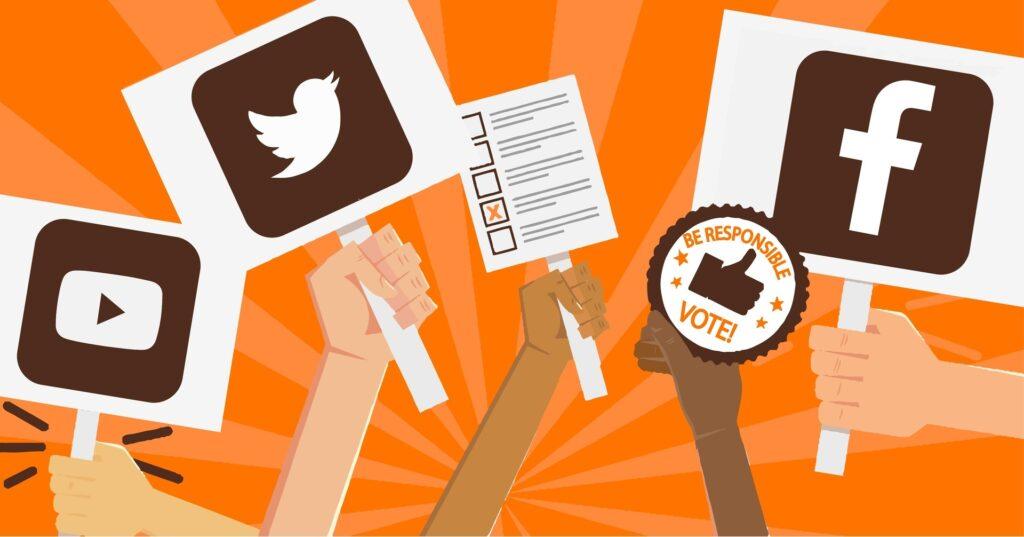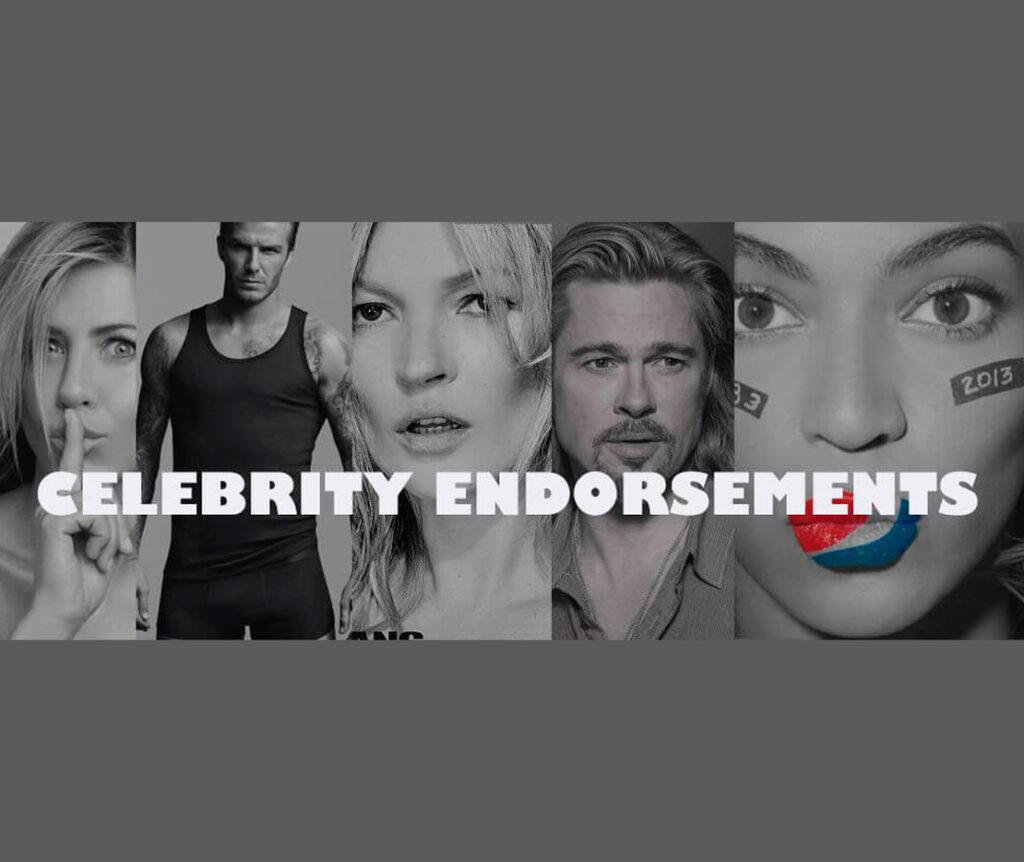The Impact of international organizations on global politics and Policy
International organizations have become increasingly important in shaping global politics and policy.
In this essay, we will explore how international organizations have impacted global politics and policy.
International organizations are institutions that are created by multiple countries to facilitate cooperation and coordinate actions on a global scale. Some of the most well-known organizations include the United Nations, the World Trade Organization, and the World Health Organization.

One of the main ways in which international organizations have impacted global politics and policy is by promoting cooperation among countries. International provides a forum for countries to discuss and negotiate policies and agreements, and to work together towards common goals.
For example, the United Nations plays a key role in promoting international peace and security, and in coordinating global efforts to address issues such as climate change and human rights violations.
International organizations also play a key role in setting global policies and standards. Many international are responsible for developing and implementing policies and regulations that impact a wide range of areas, such as trade, health, and the environment.
For example, the World Health Organization sets guidelines and recommendations for the prevention and treatment of diseases, and the World Trade Organization sets rules and standards for international trade.
Another way in which international organizations impact global politics and policy is by providing technical assistance and resources to countries.
Many organizations work to support development in low-income countries, by providing funding, expertise, and technical assistance.
For example, the World Bank provides loans and grants to support economic development in low-income countries, and the United Nations Development Programme works to promote sustainable development and poverty reduction.
International organizations also play a key role in promoting global governance and accountability. Numerous organizations strive for transparency, and accountability in global governance, and ensure countries are held responsible for their actions.
The International Criminal Court investigates and prosecutes individuals for war crimes, genocide, and crimes against humanity.
However, international also face several challenges and criticisms. One criticism is that they can be ineffective and bureaucratic, with decision-making processes that can be slow and cumbersome.
Some countries might hesitate to join international organizations or try to undermine them for their own interests.
Another criticism of organizations is that they can be undemocratic. With decision-making power concentrated among a small group of countries or individuals. This can lead to unequal power dynamics and a lack of representation for marginalized groups.
Conclusion
International organizations have had a significant impact on global politics and policy.
They’ve fostered cooperation, established global policies, offered technical aid and resources, and advocated for global governance and accountability.
Despite their vital role, organizations encounter numerous challenges and criticisms. Addressing these issues is crucial to maintaining their positive impact on global politics and policy shaping. 온라인카지노사이트








